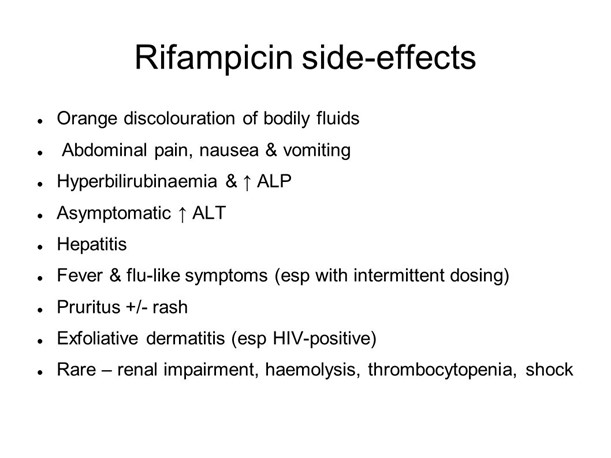A nurse mixing regular insulin and NPH insulin in the same syringe prior to administering it to a client who has diabetes mellitus. Which of the following actions should the nurse take first?
Withdraw the NPH insulin from the vial.
Inject air into the regular insulin vial.
Withdraw the regular insulin from the vial.
Inject air into the NPH vial.
The Correct Answer is D
The correct sequence of steps for mixing regular insulin and NPH insulin in the same syringe is as follows:
D. Inject air into the NPH insulin vial.
B. Inject air into the regular insulin vial.
C. Withdraw the regular insulin from the vial.
A. Withdraw the NPH insulin from the vial.
So, the nurse should first inject air into the NPH insulin vial.
Nursing Test Bank
Naxlex Comprehensive Predictor Exams
Related Questions
Correct Answer is C
Explanation
A. Instruct the client to increase his fluid intake: While adequate fluid intake is generally important for various reasons, increasing fluid intake would not alter the orange-red discoloration caused by rifampin. This side effect is due to the drug's action on body fluids, not dehydration.
B. Prepare the client for dialysis: Dialysis is not indicated for the harmless orange-red discoloration caused by rifampin. Dialysis is typically used for clients with kidney failure or significant electrolyte imbalances, and it would not address this specific side effect.
C. Document this as an expected finding.
Explanation:
Rifampin, an antibiotic commonly used in the treatment of tuberculosis (TB), can cause a harmless side effect known as "orange-red discoloration." This can affect bodily fluids such as urine, sweat, and tears. This is not a harmful effect and does not indicate a need for any specific intervention. Therefore, the nurse should document this as an expected finding due to the client's use of rifampin.
D. Check the client's liver function test results: The orange-red discoloration is not related to liver function, so checking liver function test results would not provide relevant information about this particular side effect.

Correct Answer is C
Explanation
A. Use a gravity flow set:
Incorrect Explanation: Using a gravity flow set is not appropriate for administering amphotericin B lipid complex.
Explanation: Amphotericin B lipid complex is typically administered using a dedicated infusion pump to ensure accurate control over the infusion rate and to prevent potential complications.
B. Discard the medication if it is yellow:
Incorrect Explanation: Discarding the medication solely based on its color may not be accurate for the amphotericin B lipid complex.
Explanation: Amphotericin B lipid complex may appear yellowish, and the color itself is not necessarily an indication of its potency or stability. It's important to follow specific guidelines provided by the pharmacy or manufacturer for assessing the integrity of the medication.
C. Prime the tubing with 0.9% sodium chloride:
Correct Answer: Priming the tubing with 0.9% sodium chloride is the appropriate action to ensure the medication is properly administered.
Explanation: Priming the tubing with a compatible solution, such as 0.9% sodium chloride, helps prevent the medication from adhering to the tubing and ensures that the full dose reaches the client.
D. Administer the medication over 2 hr:
Incorrect Explanation: Administering amphotericin B lipid complex over 2 hours is not the standard infusion time.
Explanation: Amphotericin B lipid complex is typically administered over a longer period, often 2-6 hours. However, the specific infusion rate and duration may vary based on the client's condition and the healthcare provider's orders.
Whether you are a student looking to ace your exams or a practicing nurse seeking to enhance your expertise , our nursing education contents will empower you with the confidence and competence to make a difference in the lives of patients and become a respected leader in the healthcare field.
Visit Naxlex, invest in your future and unlock endless possibilities with our unparalleled nursing education contents today
Report Wrong Answer on the Current Question
Do you disagree with the answer? If yes, what is your expected answer? Explain.
Kindly be descriptive with the issue you are facing.
